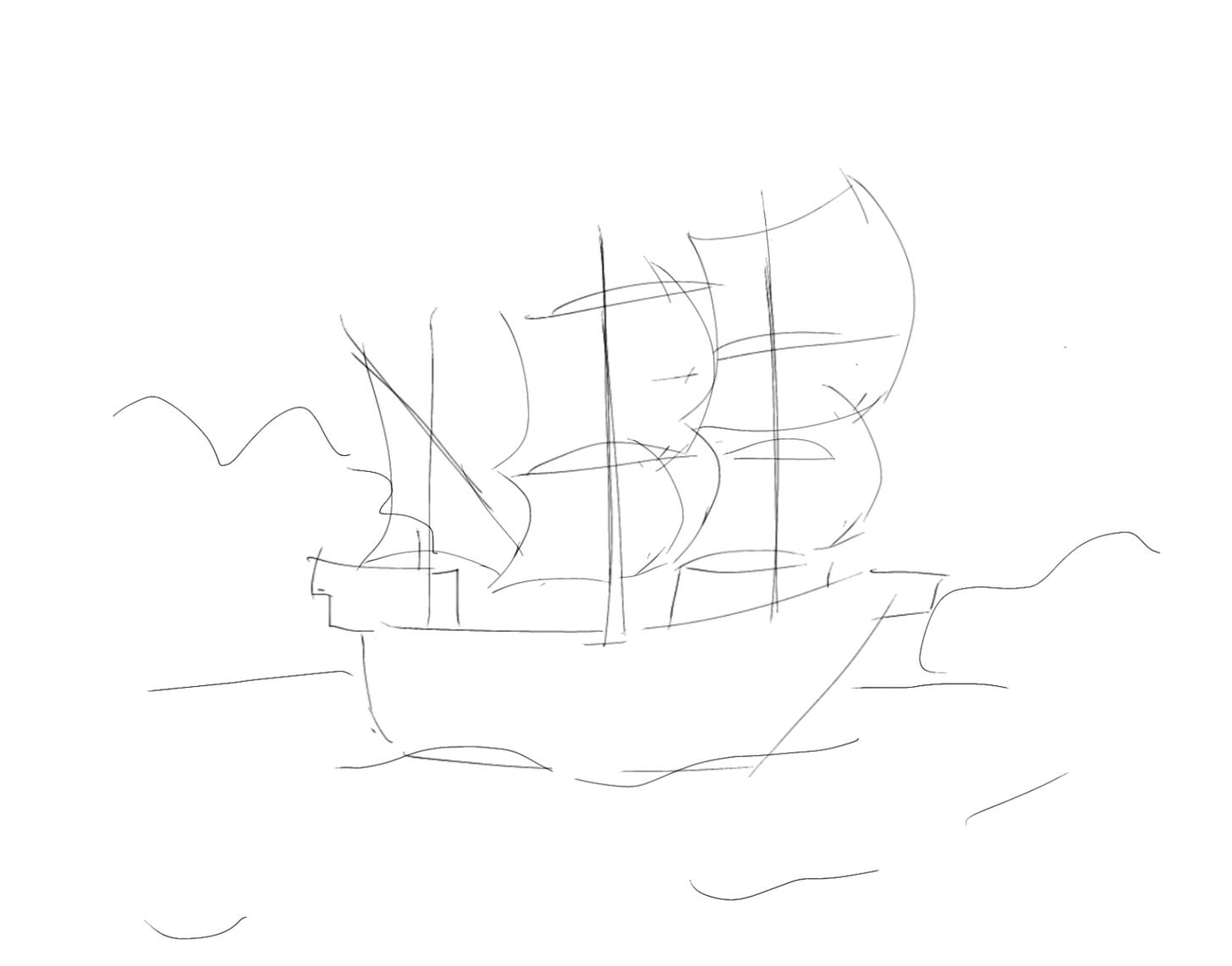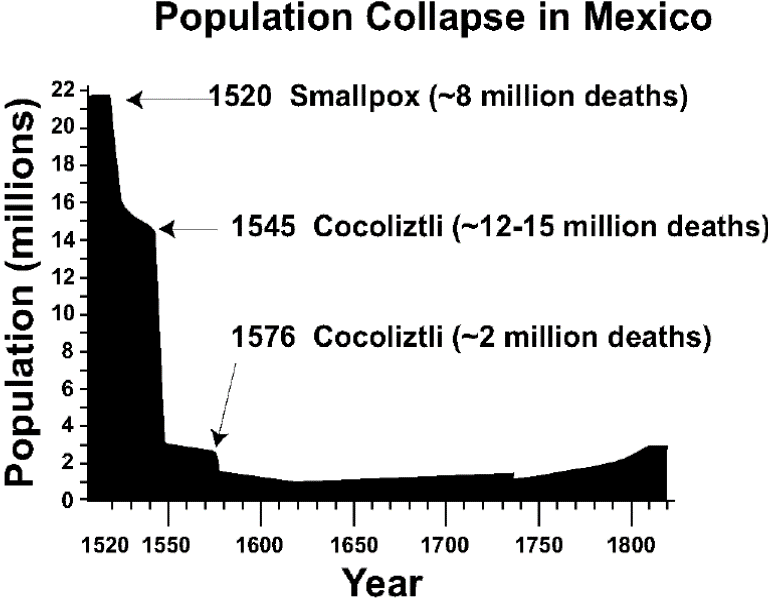“Remember, remember always, that all of us, and you and I especially, are descended from immigrants and revolutionists."
― Franklin D. Roosevelt
Copyright David W. Zoll 2024. All rights reserved. Cover Art by Hayley Joy Becker
Before We Could Read: An Introduction to Prehistory
Our species, homo sapiens, evolved in Africa about 315,000 years ago. Humans began to migrate out of Africa about 100,000 years ago. By the beginning of the Paleolithic period, 50,000 years ago, we had acquired language, music, and other cultural skills. By about 40,000 years ago humans inhabited Eurasia and Australia. The earliest musical instruments we have found to date were bone and ivory flutes made between 43,000 and 35,000 years ago, discovered in caves in the Swabian Alb region of Germany. Those caves also have the oldest known examples of figurative art.
The Americas were first inhabited between 20,000 and 15,000 years ago. At that time all humans lived in nomadic groups as hunter-gatherers. The Neolithic Revolution, about 10,000 years ago, involved the transition from hunting and gathering to agriculture and community living. Animals and plants were domesticated and societies emerged. Writing was invented 5,000 years ago, ushering in the beginning of history.
The migration of our ancestors from Europe to North America was therefore just a continuation of migratory patterns that had caused our species to spread around the globe. The last glacial maximum was about 18,000 years ago. The ice sheets extended over all of Scandinavia and the Alps, and most of the British Isles. Poland. Germany and France were arctic tundra and steppe. In North America the Laurentide ice sheet covered all of New York, Massachusetts, Connecticut, Michigan, and the northern half of Ohio, Indiana and Illinois, extending to the Rocky Mountains. Where the Great Lakes are today the ice was thousands of feet thick. The oceans were 400 feet lower than they are today. Then as the ice receded, our ancestors moved in.
We are descended from three groups of Europeans who originally migrated north from Africa. The first were simple hunters and gatherers who lived in Europe about 37,000 years ago.
Then a second group of farmers moved from Anatolia (today’s Turkey) into Europe about 9,000 years ago as the glaciers retreated.
Finally, about 5,000 years ago, the Yamnaya left the Steppes of Asia and swept into Europe on horseback. They were a nomadic people who domesticated the horse, harnessed their horses to chariots and carts, learned to make metal weapons, and spread from Asia into Europe in a great migration, mingling with the other groups of Europeans who had preceded them. We know that we are in part descended from the Yamnaya because a subclade of the Zoll DNA can be traced back to these people. Yet many other cultures contributed to and are mixed into our gene pool, and will continue to be added in the future.
These European ancestors survived the Black Death, small pox, and other diseases, building up a resistance that they passed on to their children.
We are descended from these early Europeans who survived the diseases, famines, wars, wild animals and other hazards of life. Some lived in today’s Switzerland, some in today’s Germany, Belgium or Holland, and yet others crossed the English Channel to the British Isles. It is there, in England, that this story starts. But first a quick survey of North America, the continent to which they would migrate.
The Americas: 1492 - 1620
The discovery of the Americas by the Europeans was followed by possibly the greatest demographic disaster in the history of the world.
North and South America were not empty continents in 1492. The best estimate today is that the Indigenous population of the hemisphere was about 60 million when Columbus first crossed the Atlantic. In comparison, Europe’s population was 70-88 million.
By 1650 the population had declined from 60 million to less than 5 million in both North and South America.
Cocoliztli, an Aztec Nahuatl word meaning "pestilence", refers to an unknown hemorrhagic fever that first appeared in Mexico in the 16th century. The disease caused major epidemics in 1545–1548, 1576–1578, 1736, and 1813, with smaller outbreaks in between. The 1545–1548 epidemic killed an estimated 5–15 million people, or up to 80% of the native population at the time. No doubt similar epidemics swept through the native populations further north, but there were no Europeans present there to document the deaths. (Graph: CC, Public Domain)
The loss so many people caused a large reduction in the amount of land under cultivation in the Americas, which led to reforestation and global cooling. From 1617-1619 a smallpox epidemic killed off 90% of the Native Americans living along the Massachusetts Coast.
Disease was a constant threat to Europeans as well in the 17th century, and there were many diseases to fear. Plague, smallpox, cholera, typhoid, and many other diseases ran rampant through the crowded cities, with periodic epidemics sweeping through continents. The Europeans exposed the Native Americans to all of these diseases, against which the Natives lacked immunity.
Today we are not precisely certain which diseases caused some of the epidemics. Europeans had lived with these diseases for many centuries, although they were little understood, and had developed some modest levels of immunity from many of them. But the native populations of North America had never been exposed to the European diseases. As a result their contact with Europeans was disastrous.
The resulting conflicts between two different civilizations were inevitable. The invasion of North American territory by our ancestors was a continuation of a pattern of population migration that had been continuous for thousands of years.
There were three things that doomed the native population of North America: guns, germs and steel. Of these three, germs and diseases were the biggest cause of the depopulation of the native people.
The Native Americans quickly became skilled in the use of firearms, as we will see later, although guns did initially provide an advantage to the Europeans. But steel axes permitted the Europeans to build wooden defenses that were more easily defended than the homes of the Natives. And the steel plow gave Europeans an advantage in cultivation. So guns, germs and steel, together, provided a significant advantage to the European colonists.
Nevertheless, the Native Population did not leave their land quietly, nor did they give up their freedoms to fish, farm and hunt peacefully.
Chapter Authorities
Conard et al., Nature, Volume 460, Issue 7256, pp. 737-740 (2009)
Guns, Germs, and Steel: The Fates of Human Societies, Diamond, 1997.
Their Numbers Become Thinned: Native American Population Dynamics in Eastern North America, Henry Dobyns, 1983
The Native Population of the Americas in 1492, 2nd Ed. William M. Denevan, U. Of Wisconsin Press, 1992.
Smallpox: The Fight to Eradicate a Global Scourge. David Z. Koplow, Univ. of California Press. https://web.archive.org/web/20080907093641/http://www.ucpress.edu/books/pages/9968/9968.ch01.html, accessed December 14, 2020. See also, Frank Fenner, D. A. Henderson, Isao Arita, Zdenek Jezek, and Ivan D. Ladnyi, Smallpox and Its Eradication (Geneva: World Health Organization, 1988); Donald R. Hopkins, Princes and Peasants: Smallpox in History (Chicago: University of Chicago Press, 1983); James Cross Giblin, When Plague Strikes: The Black Death, Smallpox, AIDS (New York: Harper Collins, 1995); Abbas M. Behbehani, The Smallpox Story: In Words and Pictures (Kansas City: University of Kansas Medical Center, 1988); and Joel N. Shurkin, The Invisible Fire: The Story of Mankind's Victory over the Ancient Scourge of Smallpox (New York: Putnam, 1979).
“Earth system impacts of the European arrival and Great Dying in the Americas after 1492”, Alexander Koch, Chris Brierley, Mark M. Maslin, Simon L. Lewis, Quaternary Science Reviews, Volume 207, 2019, Pages 13-36, ISSN 0277-3791, https://doi.org/10.1016/j.quascirev.2018.12.004 (https://www.sciencedirect.com/science/article/pii/S0277379118307261)
Last edited May 17, 2025.







Hi David, glad I met you on Reddit. Off to a good start here...looking forward to the next.